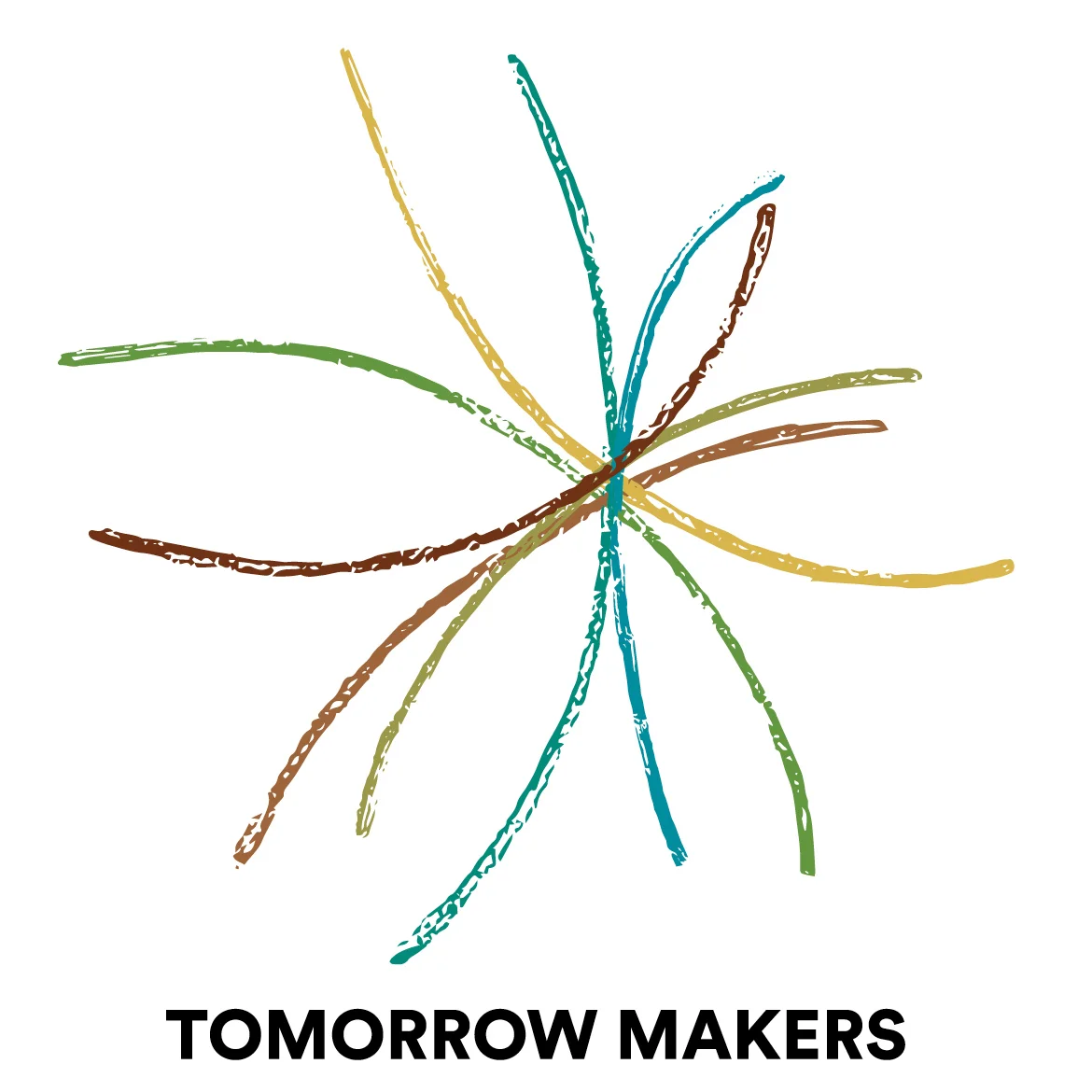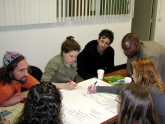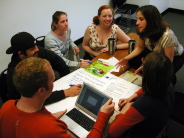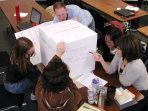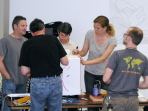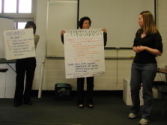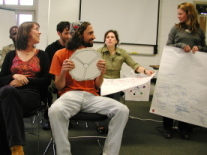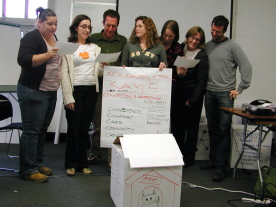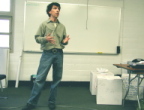Seeing Beyond Sight
/Our imagination is stretched to the utmost, not as in fiction, to imagine things that are not really there, but just to comprehend those things that are there.
Richard Feynman, The Character of Physical Law
Yesterday I heard a podcast about blind teenagers becoming photographers. Tony Deifell, a teacher and photographer, has created a new book called Seeing Beyond Sight. He tells this story: After the photographs have been developed, we, as a class, talk about each one. I remark about what I see and the student acknowledges whether this was her intent. Sometimes, Tony, assumes that the photographer missed the image she was trying to get. In one such case where there was a photograph of a sidewalk with a crack, he assumed that the creator had missed. But, the young photographer said, "No, this is what I wanted. My cane gets caught in the crack and I trip. I want to send this picture to the city department so they can fix the crack." Tony went on to talk about the letter she wrote to the city acknowledging how they must have no idea how such a thing could be bothersome. In fact, she went on, it is only because I am blind that I notice it. (The crack got fixed!)
